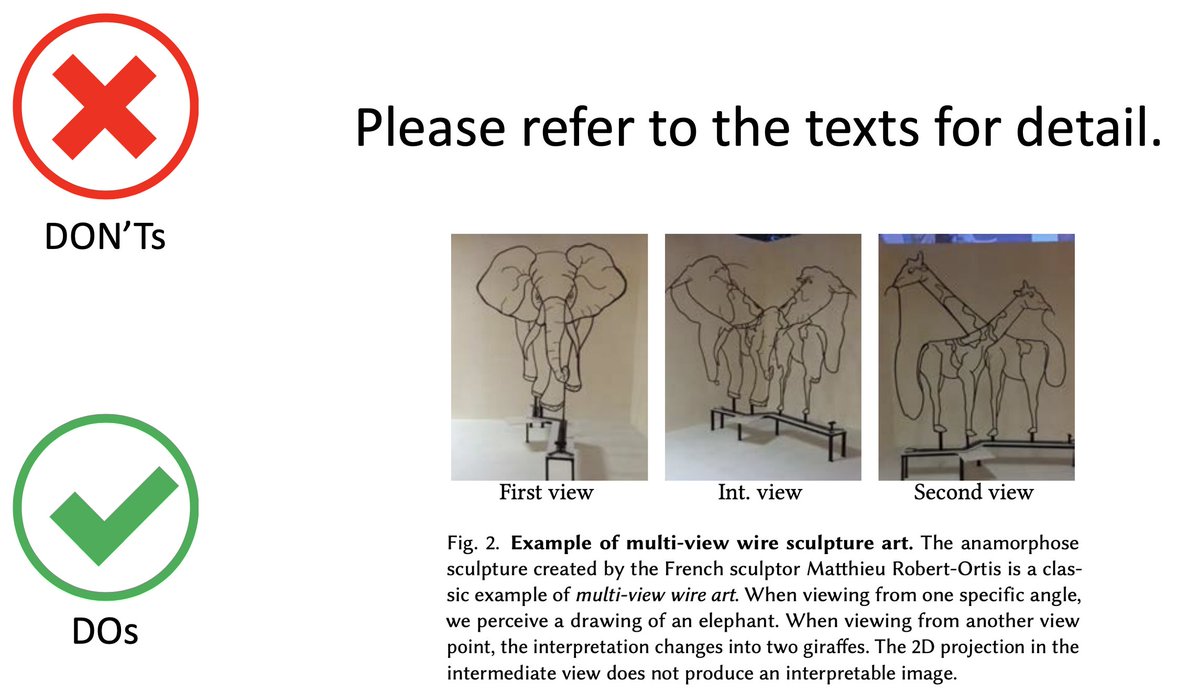Use "self-contained" caption. It's annoying to dig into the texts and match them to the figures. Ain't nobody got time for that! ⌚️
Also, add a figure "caption title" (in bold fonts). It allows readers to navigate through figures quickly.













If everyone was holding bitcoin on the old x86 in their parents basement, we would be finding a price bottom. The problem is the risk is all pooled at a few brokerages and a network of rotten exchanges with counter party risk that makes AIG circa 2008 look like a good credit.
— Greg Wester (@gwestr) November 25, 2018